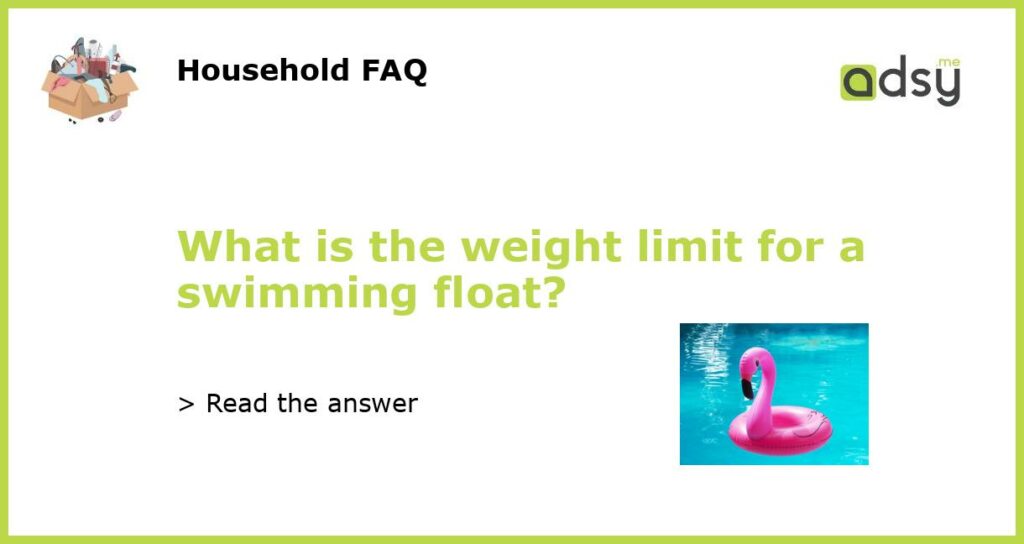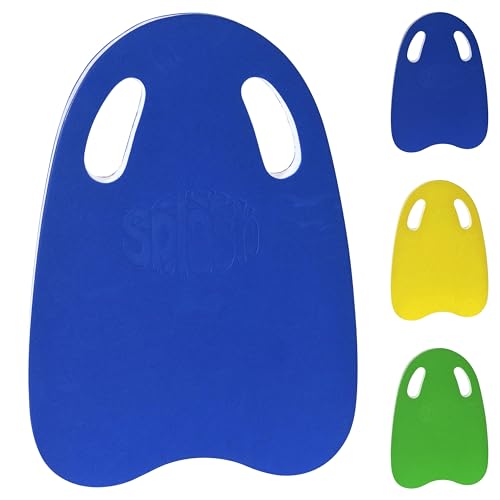What is the Weight Limit for a Swimming Float?
Understanding the Basics of Floating:
Swimming is an excellent cardiovascular exercise that helps to build muscle strength and endurance while burning calories. One of the useful tools that make swimming easier is a swimming float or buoy. It is a valuable tool that helps swimmers to achieve proper body alignment, improve their swimming techniques and build overall endurance. However, before using a swimming float or buoy, it’s essential to understand the weight limit as it varies for different types of floats.
Types of Swimming Floats and their Weight Limits:
Depending on the design and material used to manufacture a swimming float or buoy, there is a limit to the amount of weight it can support. A standard kickboard or swim noodle may support up to 250 pounds, whilst the more advanced and bulkier flotation devices, such as pull buoys, may support up to 350 pounds. It’s essential to read the manufacturer’s instructions carefully or check USMS guidelines or inquire from the pool before using a buoy.
Factors that Affect Weight Limit:
The weight limit of a swimming float or buoy depends on various factors, including the material used, the shape, and size. A pull buoy is an example of a flotation device that has a weight limit. However, it also depends on the individual’s technique, strength, and body weight. If a swimmer’s technique or style is poor, the added buoyancy may compromise their swimming speed and lead to disqualification during a race or competition.
Potential Risks of Exceeding Weight Limits:
It’s essential to note that exceeding a swimming float weight limit can be dangerous and pose a threat to the swimmer’s safety. Overloading a float can cause it to rupture, deflate or break, leading to the swimmer’s sinking or injury. It’s crucial to ensure that the proper float is used, and the user does not exceed the manufacturer’s weight restrictions.
In conclusion, understanding the weight limit for a swimming float or buoy is crucial, and it affects the swimmer’s safety, comfort and overall swimming experience. Swimmers should take the time to research or seek advice on the appropriate float to use, and always follow the manufacturer’s guidelines to avoid accidents or injuries.






